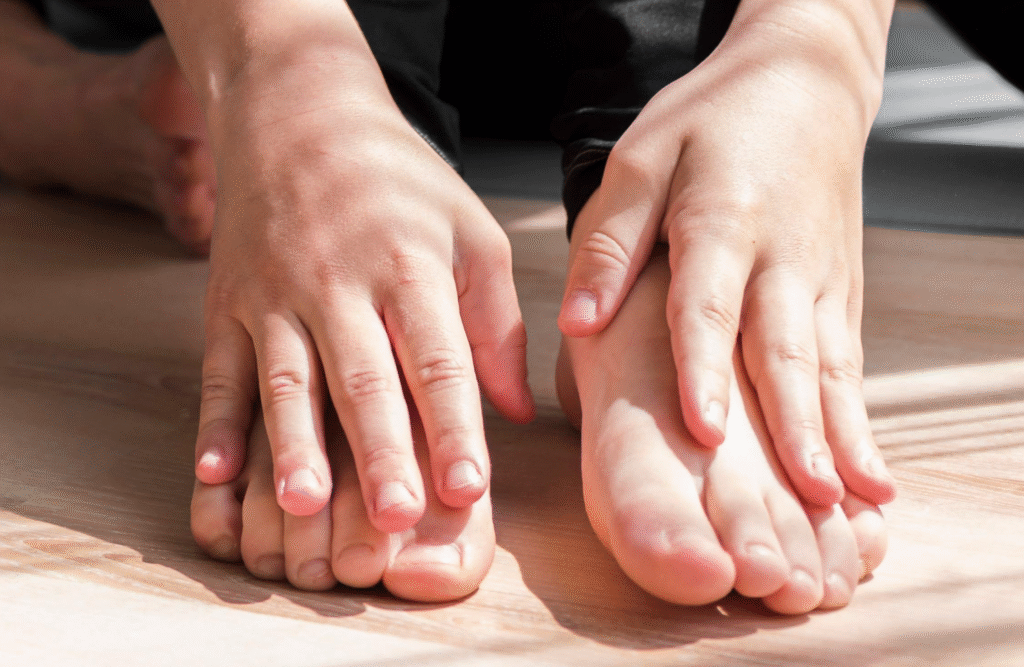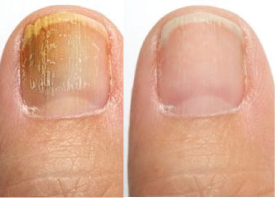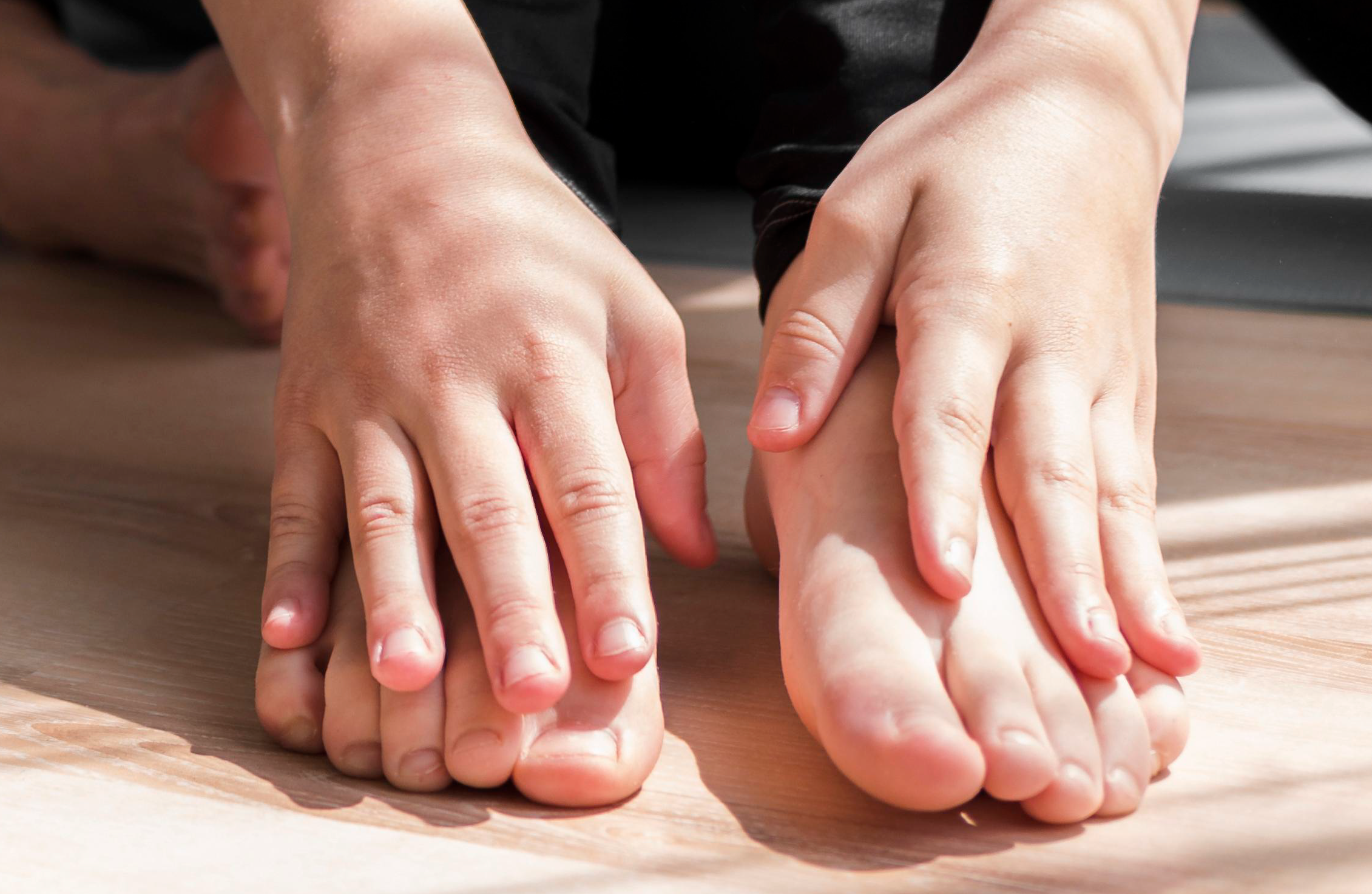
What is Psoriasis?
Living with skin concerns like psoriasis or nail fungus can affect both your comfort and confidence. At oFacial and Body Sculpting, we offer advanced psoriasis and nail fungus treatments designed to soothe irritation, clear infection, and restore healthier skin and nails. Our experienced team provides personalised care for a wide range of skin conditions in a calm, professional setting.
Psoriasis is a chronic autoimmune skin condition that causes the rapid buildup of skin cells, resulting in red, scaly, and often itchy patches. These patches commonly appear on the scalp, elbows, knees, and lower back. Furthermore, severity can vary, and flare-ups may be triggered by stress, illness, medications, or environmental factors.
What is Dermatitis?
Dermatitis is a general term for skin inflammation and includes several types, such as atopic dermatitis (eczema), contact dermatitis, and seborrheic dermatitis. Although both psoriasis and dermatitis involve irritation and inflammation, they differ in their causes, appearance, and treatment approaches. Additionally, understanding these differences is important for effective management.
What is Nail Fungus?
Nail fungus (onychomycosis) occurs when fungi grow in or under the nail, causing it to become thickened, discoloured (yellow, brown, or white), and sometimes brittle or crumbly. Dermatophytes, fungi that feed on keratin, are often responsible. This condition thrives in warm, moist environments, and it can spread from toenail to toenail or even to fingernails. While it is not dangerous for most people, it can be stubborn and slow to treat due to the slow growth of nails. Consequently, early intervention can help prevent worsening or spreading.
What is Acne?
Acne is another common skin concern. It develops when hair follicles become clogged with oil (sebum) and dead skin cells, which can lead to blackheads, whiteheads, pimples, or deeper cysts. Typically, acne appears on the face, chest, or back, and contributing factors include hormones, excess oil production, bacteria, and inflammation. Therefore, targeted treatment is essential to manage flare-ups and improve skin health.
Causes and Triggers
Psoriasis Triggers:
- Stress
- Cold weather
- Infections (like strep throat)
- Skin injuries or trauma
- Certain medications
- Smoking and excessive alcohol
Dermatitis Triggers:
- Allergens (e.g., fragrances, metals, pollen)
- Irritants (e.g., soaps, detergents)
- Dry skin or harsh weather
- Stress
- Hormonal changes
- Certain fabrics or chemicals
Nail Fungus triggers:
- Warm, damp environments – e.g., sweaty socks, non-breathable shoes, public showers, swimming pools.
- Nail injuries – cracks or trauma give fungi a way in.
- Wearing tight shoes – traps moisture and heat.
- Poor foot hygiene – infrequent washing or drying between toes.
- Sharing nail tools or footwear – spreads fungal spores.
- Weakened immune system – harder for the body to fight infection.
- Existing skin conditions – like athlete’s foot, which can spread to nails.
- Older age – slower nail growth and reduced circulation make infection easier.
Acne triggers include:
- Hormonal changes – puberty, menstrual cycle, pregnancy, menopause.
- Excess oil production – often linked to hormones or genetics.
- Stress – can increase hormone levels that trigger breakouts.
- Certain skincare or makeup products – especially oily or pore-clogging ones.
- Diet – high-glycemic foods, dairy, or sugary snacks may worsen acne in some people.
- Poor skin hygiene – not cleansing properly or over-cleansing, which can irritate skin.
- Sweating and friction – from helmets, masks, or tight clothing (“maskne” effect).
- Medications – such as corticosteroids, some contraceptives, or lithium.
Treatment
At Facial and Body Sculpting, we are proud to offer the Cold Atmospheric Plasma (CAP)—a cutting-edge, non-invasive treatment that uses cold atmospheric plasma to reduce inflammation, promote healing, and restore the skin barrier. This advanced technology is especially effective for chronic skin conditions like psoriasis, dermatitis, acne and nail fungus offering relief without the side effects of traditional medication. CAP helps calm irritated skin, reduce flare-ups, and improve overall skin health with minimal discomfort and no downtime.









